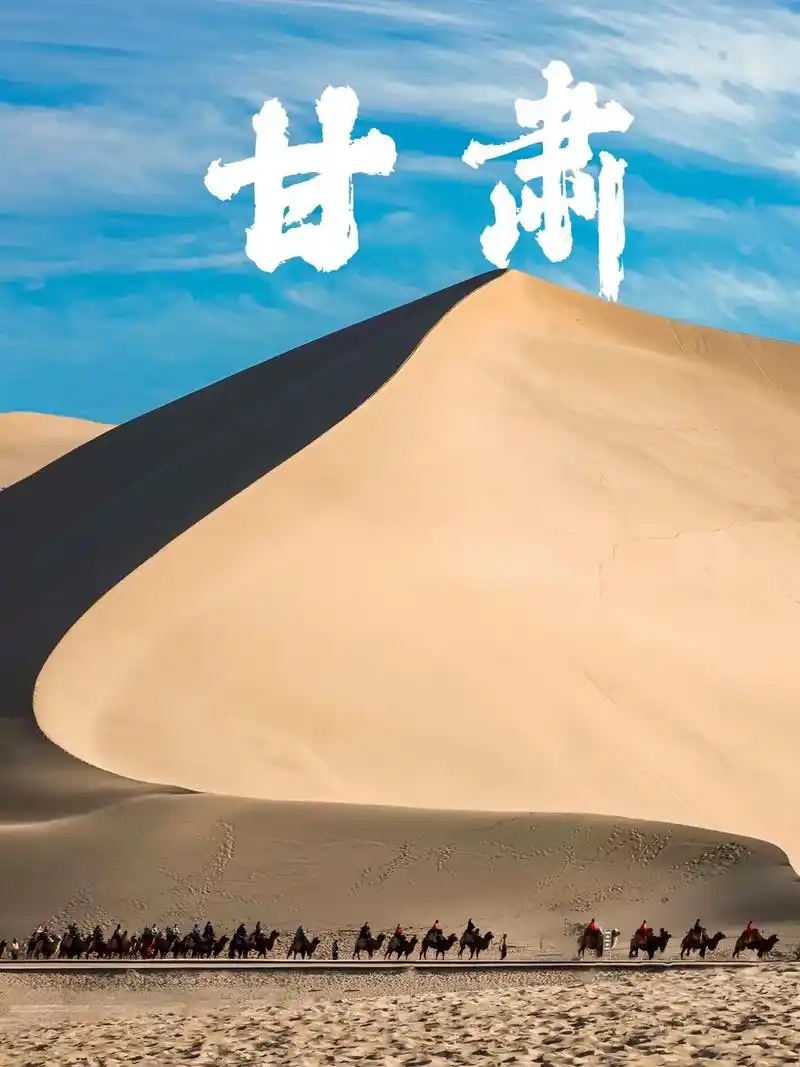Gansu, located in northwestern China, spans three cultural zones: the Northern Grassland Culture, the Silk Road Culture and the Tibetan Plateau Culture. Gansu is not only home to the Dunhuang Mogao Grottoes, named by Lonely Planet as one of the world’s “52 must-see destinations”, but also hides many secret places that 99% of travelers have yet to explore. From the ancient colored pottery to the Sanskrit sounds of Tibetan Buddhism, from the spectacular Danxia landforms to the vast grassland pastures, Gansu has endless surprises.
World-class human heritage
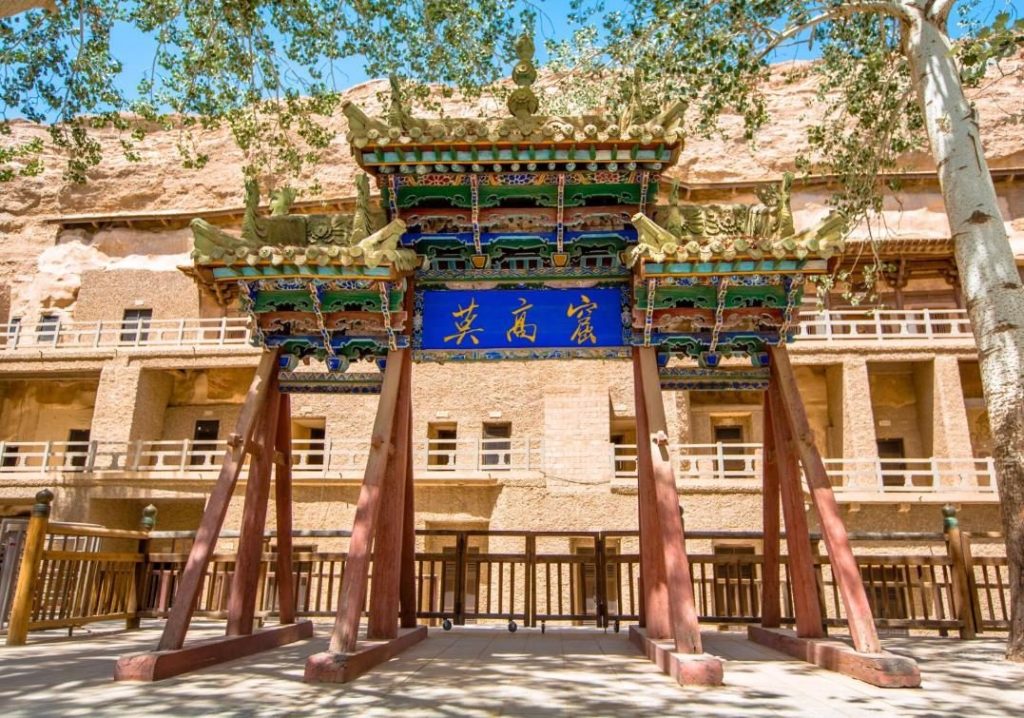
Dunhuang Mogao Caves
The Mogao Caves in Dunhuang are a “Museum of Oriental Art” with 735 caves and 45,000 square meters of murals. Particularly noteworthy are the Tang Dynasty colored sculptures in Cave 45, which represent the pinnacle of human sculpture. The green landscape paintings in Cave 217 predate Western landscape painting by a full millennium. Tip: Remember to book the Special Cave Interpretation Service and use a flashlight to take a closer look at the murals, where you’ll find Tang Dynasty ladies with fingernails painted in colors dyed with fengyin flowers.
Maiji Mountain Grottoes
Known as the “Sculpture Museum of the East,” these grottoes hang from a steep wall. The Northern Wei statue of a young shaman in Cave 133 is known as the “Mona Lisa of the East” because of its mysterious smile. The secret to the statues’ ability to remain intact for thousands of years is the addition of glutinous rice juice and wool to the yellow soil.
Zhangye Big Buddha Temple
The earliest mural of Journey to the West in China is preserved here, predating Wu Chengen’s novel by 300 years! The image of Porky Pig in the mural is hard-working and cute, very different from the modern perception.
Gansu Simplified Documents Museum
On display here is the “Yuan Zhi Zifang Shu” from the Han Dynasty, which is the world’s most complete surviving personal letter. The letter records the shopping list of a border official, including shoes, brushes and whips.
Extreme Natural Wonders
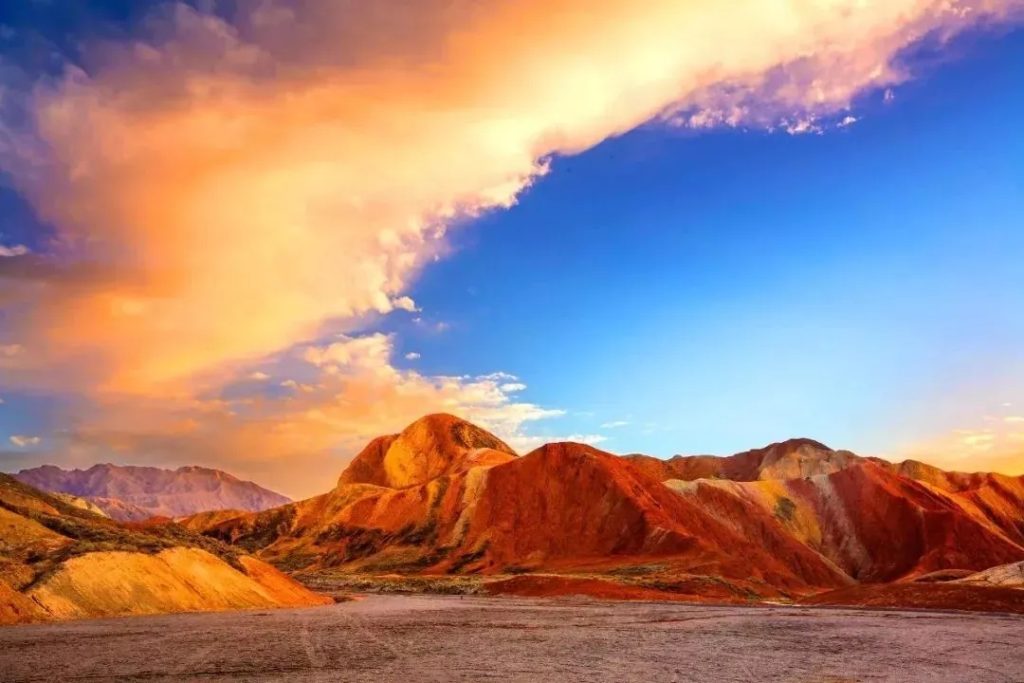
Zhangye Danxia
National Geographic magazine named Zhangye Danxia “China’s most beautiful Danxia”. Take a hot air balloon ride at sunset, and you can see the colorful hills as brilliant as God’s overturned palette.
Yellow River Stone Forest
This is a magnificent landscape of quartz sandstone peaks formed 4 million years ago. You can take a donkey cart through the canyon, or take a Westworld-esque photo shoot on the 22-curve mountain road.
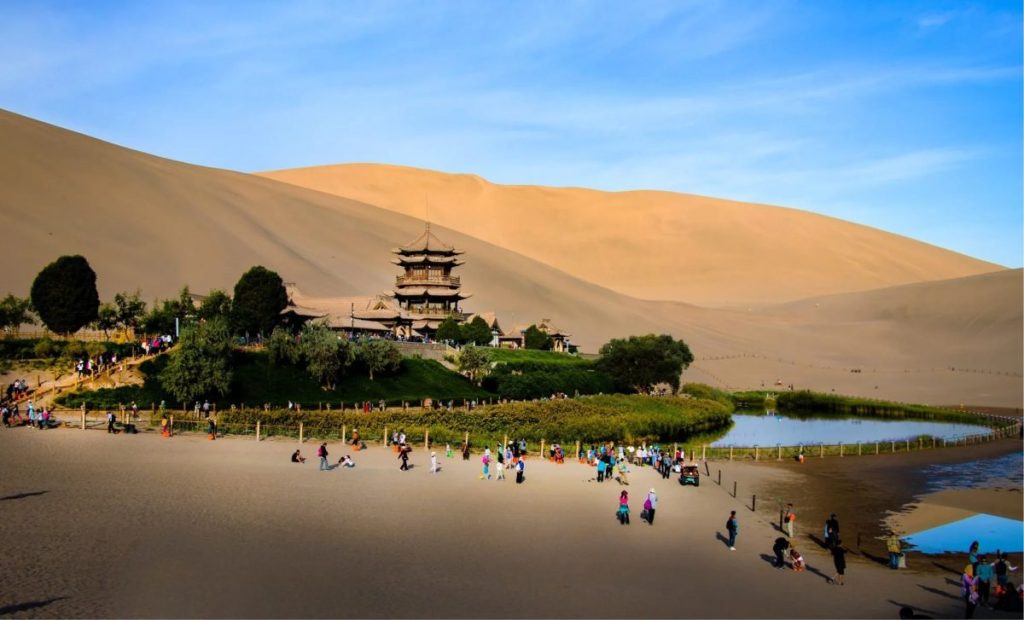
Mingsha Mountain Crescent Spring
This is a miracle where desert and clear spring coexist. It is recommended to take a camel ride up to the top of the dunes in the evening, play ancient Dunhuang music on your cell phone, and feel the natural reverb effect from the wind.
Gannan Grassland
On the Sanko Grassland at an altitude of 3,000 meters, you can stay in a tent with a nomadic family of Amdo Tibetans and learn how to make ghee tea with yak milk. At night, you can also see the sparkling Milky Way.
Northwest Flavors Cuisine
Staple Foods
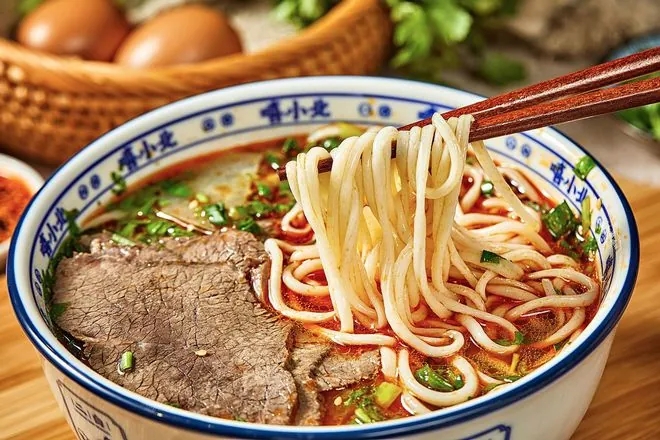
Lanzhou Beef Noodles: Head to the old store along Mogou at 6am and watch the master pull out the “leek-wide” noodles. Remember the secret of “one clean, three red, four green”: beef bone broth, white radish, hot pepper, cilantro and garlic.
Zhangye Fish Rolls: Handmade noodles shaped like small fish, served with a local specialty called “Eggplant and Chili” (eggplant, chili pepper, and tomato braised in vegetables).
Meat Feast
Jingyuan Lamb: Made from 30-day-old lambs, the meat is stewed in cassoulet, making it as tender as tofu.
Jiayuguan Yakiniku: Xinjiang-style lamb kebabs with red willow branches, served with Dunhuang Apricot Peel Water (an ancient drink made from dried Li Guang apricots) to relieve fatigue.
Street food
Tianshui Quack: Buckwheat cold noodles hand-torn into chunks, topped with a secret chili sauce and served with a lard box for breakfast.
Milk and Egg Mash: the star dessert of the Zhengning Road Night Market, where freshly brewed eggs and mash collide to create a silky texture.
Trip Suggestions
Classic 7-day loop: start from Lanzhou, pass through Tianshui Maiji Mountain, Gannan grassland, Linxia, Dunhuang, Zhangye, and finally return to Lanzhou.
Photography line: shoot the spring rain of Danxia in April, and capture the golden autumn beauty of poplar forest in September.
Festivals recommended: participate in the Gannan Xianglang Festival (grassland carnival) in June, visit the Dunhuang Cultural Expo (global art feast) in August.
Practical Information
Best season: April to October (summer resort)
Transportation network: Lanzhou Zhongchuan Airport has direct flights to 19 countries, and Xi’an or Xining can be reached by high-speed rail in 4 hours.
Ecological highlights: Watch wild pandas in Baishuijiang Reserve, where infrared cameras capture super cute images of pandas “walking their cubs” and “peeing upside down”.
The year 2025 marks the 125th anniversary of the discovery of the Dunhuang Cave of Sutras, and Gansu has launched a special “Silk Road Cultural Season”. At the Mogao Grottoes night show, you can enjoy holographic projection murals and have the opportunity to participate in the restoration experience of the Yulin Grottoes murals. This is a cultural feast not to be missed!
